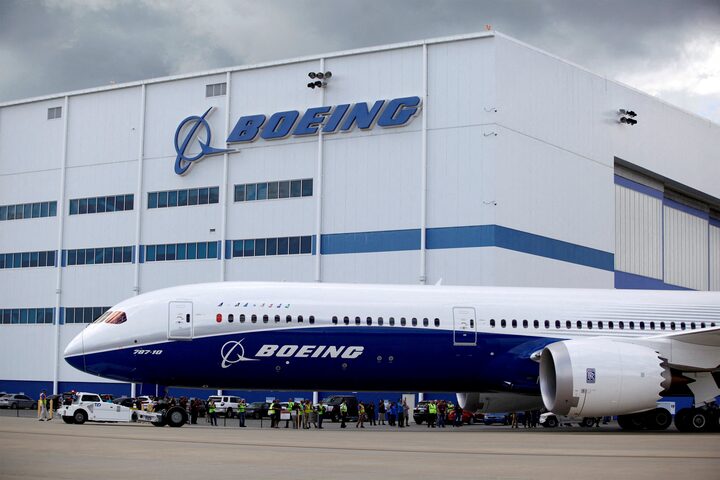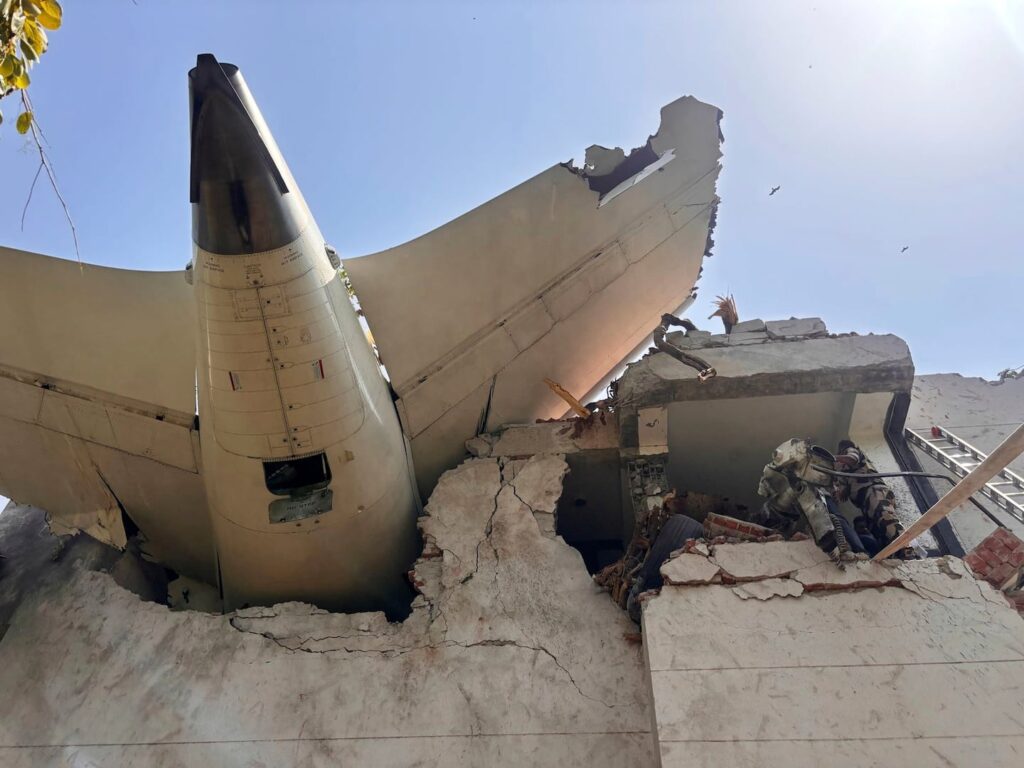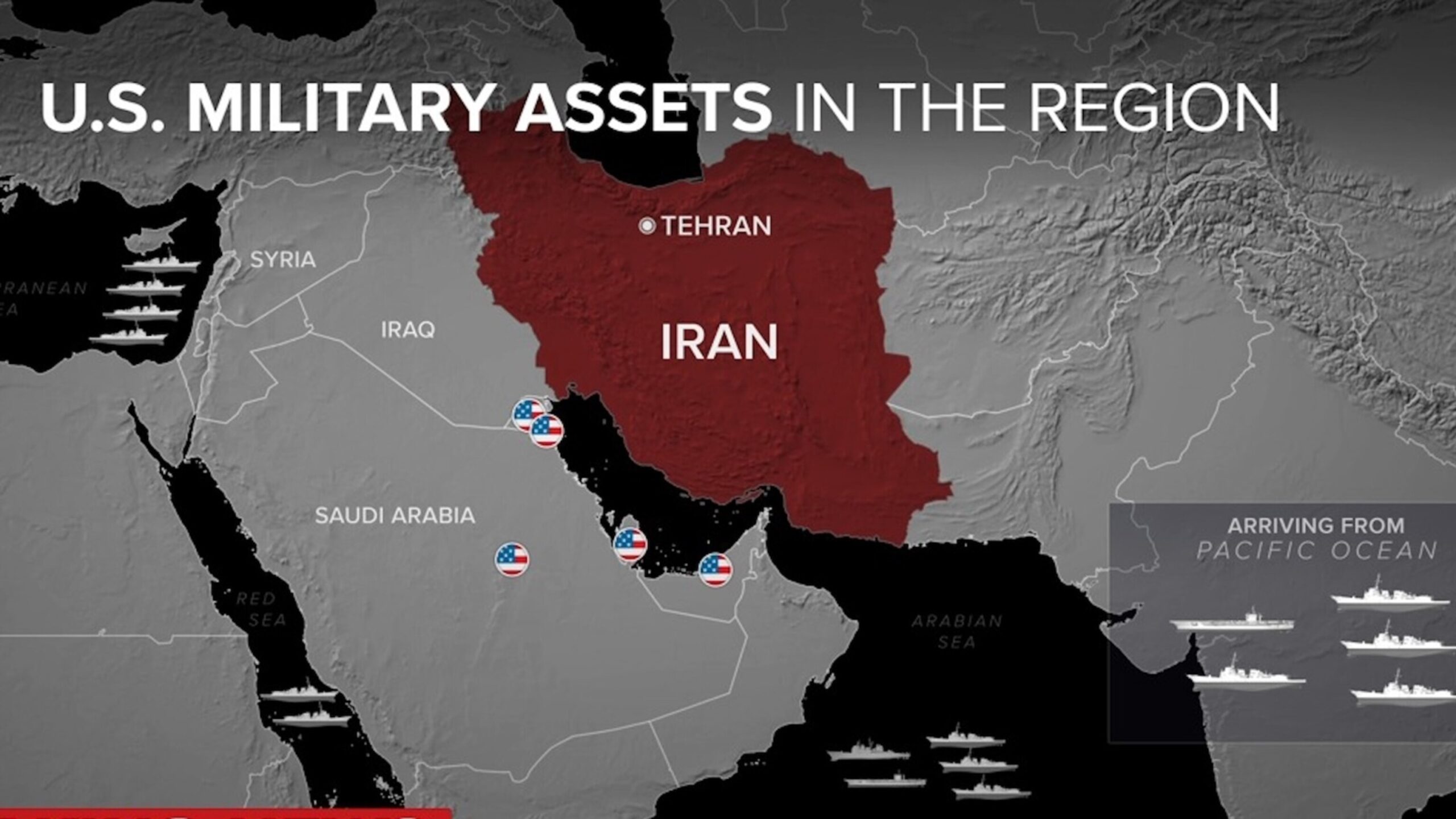
On June 12, 2025, Air India Flight 171, a Boeing 787-8 Dreamliner, plummeted moments after departing Ahmedabad’s Sardar Vallabhbhai Patel International Airport, bound for London Gatwick. The catastrophic crash killed 241 of the 242 people on board and numerous others on the ground, marking the first fatal incident involving a Boeing 787. As investigators probe the causes, the spotlight is on Boeing, a company still recovering from past controversies. This article explores why the investigation into this tragedy could significantly impact Boeing’s future, examining the 787’s innovative design, the stakes for the manufacturer, and the broader implications for aviation.
How the Air India Flight 171 Crash Investigation Could Shape Boeing’s Future
For a detailed analysis, watch this video: https://www.youtube.com/watch?v=ZEWBIaWZjE4
The Boeing 787 Dreamliner: A Symbol of Innovation Under Fire
The Boeing 787 Dreamliner was designed to revolutionize long-haul travel with its advanced composite materials, fuel-efficient performance, and a unique “more-electric” system that prioritizes electrical components over traditional hydraulic and pneumatic systems. These innovations reduced operating costs and enhanced passenger comfort, positioning the 787 as a flagship for Boeing. With over 1,100 aircraft delivered and millions of safe flights, the Dreamliner had an exemplary safety record—until the Ahmedabad crash.
The aircraft involved, a 12-year-old Boeing 787-8 (registration VT-ANB) with approximately 41,000 flight hours and 8,000 cycles, has prompted questions about whether wear, maintenance issues, or inherent design flaws played a role. As the first 787 to suffer a hull loss, this incident has cast a shadow over Boeing’s engineering and production standards.
The Air India Flight 171 Tragedy: What We Know
Air India Flight 171 took off from Ahmedabad at 1:38 p.m. local time on June 12, 2025, carrying 230 passengers and 12 crew members. Less than a minute later, the aircraft crashed into a medical college hostel in the Meghani area, igniting a massive fire due to its substantial fuel load. Only one passenger survived, making this one of India’s worst aviation disasters in decades.

India’s Aircraft Accident Investigation Bureau (AAIB), with assistance from the U.S. National Transportation Safety Board (NTSB), U.K. authorities, and Boeing, recovered the flight data recorder and cockpit voice recorder. Preliminary reports suggest the Ram Air Turbine (RAT), an emergency power system, was deployed, hinting at a possible loss of both engines or critical hydraulic systems. A recorded “boom” sound points to a potential engine malfunction, though investigators have dismissed bird strikes and improper loading as causes.
The investigation is exploring several possibilities:
- Electrical System Issues: The 787’s heavy reliance on electrical systems raises concerns about whether a failure in this complex architecture contributed to the crash.
- Dual-Engine Failure: The rare occurrence of both General Electric GEnx engines failing simultaneously is a key focus, with investigators examining potential mechanical or maintenance issues.
- Human Factors: While unlikely given the pilots’ extensive experience (over 10,000 hours combined), there’s speculation about an erroneous response, such as shutting down the wrong engine.
- Operational Oversights: The Directorate General of Civil Aviation (DGCA) noted minor maintenance delays and coordination issues in Air India’s operations, which could indicate lapses in upkeep.
- How the Air India Flight 171 Crash Investigation Could Shape Boeing’s Future
For a detailed analysis, watch this video: https://www.youtube.com/watch?v=oJ69Yy3epBU
Boeing’s Challenges and the High Stakes
Boeing has faced significant hurdles in recent years, most notably the 737 MAX crashes in 2018 and 2019, which resulted in 346 deaths and revealed flaws in design and regulatory oversight. The subsequent grounding of the 737 MAX cost Boeing billions and damaged its credibility. The 787 Dreamliner was a vital part of Boeing’s efforts to restore trust, showcasing its ability to produce safe, cutting-edge aircraft.
The Air India Flight 171 crash threatens to undermine these efforts. Online discussions have amplified concerns about Boeing’s manufacturing quality, with some referencing whistleblower allegations about defective components. If the investigation points to a design or production flaw, Boeing could face:
- Eroded Confidence: Airlines, passengers, and regulators may lose faith in Boeing, further damaging its reputation.
- Financial Strain: With over 2,500 787 orders and 1,189 deliveries, any required modifications or grounding could lead to massive costs, compounding Boeing’s existing $33 billion debt.
- Increased Oversight: Global regulators, already skeptical after past incidents, may impose stricter rules, delaying new aircraft programs.
- Competitive Disadvantage: Airbus, Boeing’s main rival, could capture more of the long-haul market, building on its recent gains.
Boeing’s leadership, including CEO Kelly Ortberg, has committed to supporting the investigation but has refrained from public statements, leaving the AAIB to lead the inquiry.
Scrutiny on the 787’s Design
The 787’s groundbreaking design has faced challenges since its introduction, including early issues with batteries, wiring, and software that prompted investigations in multiple countries. Air India reported over 100 technical issues with its 787 fleet by 2013, ranging from minor glitches to structural concerns, though these were resolved through updates. The Flight 171 crash has renewed focus on the aircraft’s long-term durability.
Key areas under investigation include:
- Electrical Systems: The 787’s shift to electrical power for critical functions increases complexity, and a failure could disrupt essential operations like engine control or flight systems.
- Engine Performance: The General Electric GEnx engines, exclusive to Air India’s 787s in India, are being examined for potential defects or inadequate maintenance.
- Emergency Systems: The RAT’s activation suggests a severe power loss, raising questions about whether it performed adequately or revealed a deeper issue.
The outcome will determine whether this was an isolated incident or a systemic problem affecting the global 787 fleet, which numbers over 1,200 aircraft.
For a detailed analysis, watch this video: https://www.youtube.com/watch?v=oJ69Yy3epBU
The Investigation: Next Steps
The AAIB, supported by international experts, is meticulously reviewing the aircraft’s maintenance records, pilot training, and black box data. The flight data recorder, capturing thousands of parameters, and the cockpit voice recorder will shed light on the final moments. A mayday call issued seconds after takeoff indicates a rapid, severe failure.
The full investigation may take up to a year, but preliminary findings could prompt immediate actions. The DGCA has inspected most of Air India’s 33 Boeing 787s, finding no critical safety issues but identifying minor operational inefficiencies. Air India has canceled dozens of 787 flights to conduct thorough safety checks.
Online conversations highlight the investigation’s significance, with many recommending the YouTube video by Akash Banerjee and Adwaith for an in-depth look at the case.
Impact on Air India and Global Aviation
Air India is also under pressure following the crash, its first mainline loss in nearly four decades. The airline has retired the AI-171 flight number and is scrutinizing its 787 fleet. As it navigates a merger with Vistara and fleet upgrades, questions about its maintenance and operational practices have surfaced.
Globally, the incident has raised concerns about the 787’s reliability as fleets age. Just before the crash, another airline grounded a 787-9 for maintenance issues, signaling potential broader challenges. Should the investigation uncover a design flaw, regulators may require inspections or upgrades across all 787s, disrupting airline schedules worldwide. How the Air India Flight 171 Crash Investigation Could Shape Boeing’s Future
Conclusion: A Defining Moment for Boeing
The Air India Flight 171 crash is a critical test for Boeing, a company working to rebuild its reputation. The 787 Dreamliner was a beacon of innovation, but this tragedy has raised doubts about its reliability. A finding of design or manufacturing flaws could trigger a crisis on par with the 737 MAX fallout, affecting Boeing’s finances, market position, and public trust. If the crash is linked to a unique issue or operational error, Boeing may avoid severe consequences, but the need to reaffirm the 787’s safety will remain.
How the Air India Flight 171 Crash Investigation Could Shape Boeing’s Future
As investigators piece together the evidence, the aviation industry awaits clarity. The findings will influence not only Boeing and Air India but also the future of air travel safety and innovation. Follow the investigation for updates on this pivotal case.








